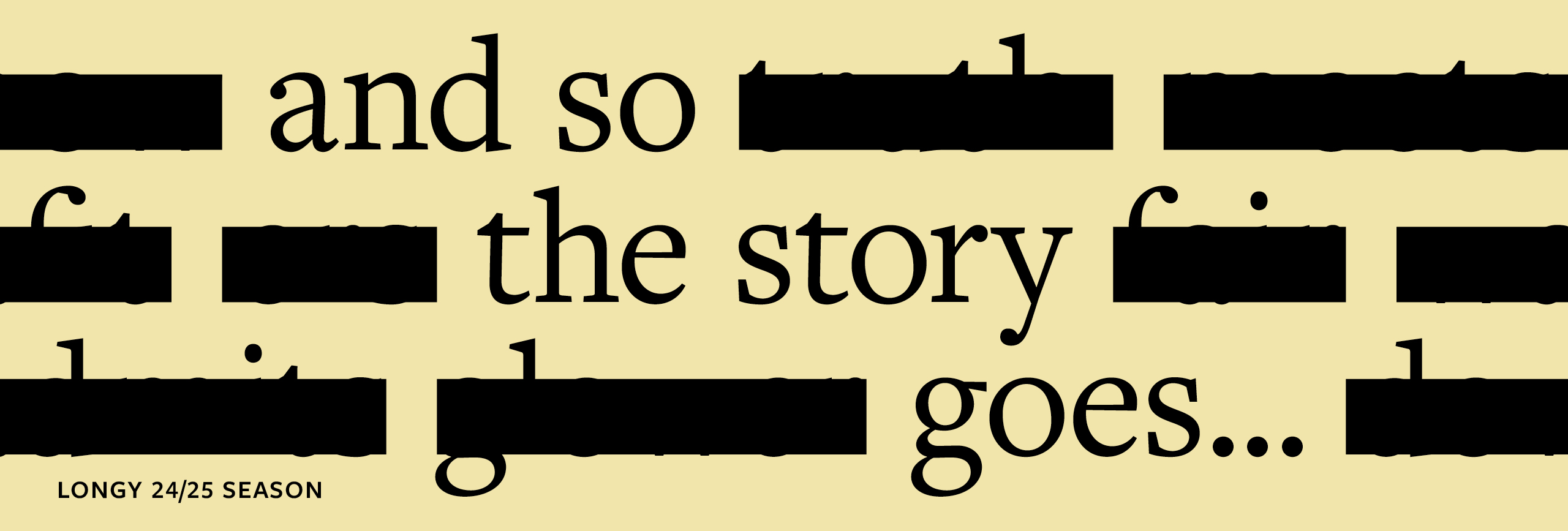The Prelude and Fugue in G minor- Book 2 of the Well Tempered Clavier, which is a two book set of contrapuntal keyboard works- starts with a dramatic opening in the Prelude. The dissonance throughout the Prelude builds tension as the piece progresses. This dissonance lasts up to the very last chord, in which we finally get a resolution. The entire prelude is a conversation between the two hands, with constant tension and deep emotion. The Fugue contains four voices, which captures Bach’s greatest attributes- a seemingly uncluttered 4 voice conversation, recognizable theme, while staying pleasant to the ear.
Wolfgang Amadeus Mozart’s piano sonata in A minor is a mysterious work that shows a darker side to his writing. It is said that this work, along with his Violin Sonata in E minor which was written around the same time, were influenced by the death of Mozart’s mother- hence the choice of the minor key. This suggests that he might have been trying to create a more somber mood in his writing, which is present through the intense drama the first movement offers. The second movement is a classic style of Mozart, which boasts a beautiful and calm atmosphere- perhaps reminiscent of the life of his mother. The final movement returns to the minor key and is a particularly tricky and interesting series of passages that creates the finale of this haunting piece.
Despite its title of “Serenade in A”, Stravinsky’s 4 movement Serenade is neither in A major nor Minor. Rather, the “A” is a constant motif and sound that every movement radiates towards. All movements end on this note through harmonics, except for the last movement that satisfies the ear as a sounding A. Stravinsky is a composer known for straying away from the norm, and this set of pieces is a perfect example of how defying what we are used to hearing can still produce a beautiful, fresh sounding outcome.
Fanny Mendelssohn was a talented composer who produced many Lieder in her repertoire. This set of 4 Lieder for piano does exactly what the title suggests- creates the feeling of song through solo piano. Every movement has a melodic line that is easily singable and memorable, against a special accompaniment part in the middle and lower voices. Together, each movement has its own affect. No two are alike, but all are equally tremendous.
Chasse-Niege is the last etude in Liszt’s Études d’exécution transcendante– a 12 piece set of Performance etudes that harbor unique challenges per each piece. No 12 is filled with fluttering tremolos that resemble snow fall: at first, light powdery snow, until the climactic blizzard. Undeniably beautiful, this is one of many examples that defy the reputation Liszt has obtained as being an exhibitionist. This piece shows immense character, intricacy, and delicacy while still being a virtuosic undertaking.
Gabrielle Siena is a classical pianist from Connecticut who is currently on track to finish her Bachelors of Music in Piano Performance at the Longy School of Music. Beginning her piano studies at the age of 7, Gabrielle went on to become an alum of the Greater Hartford Academy of the Arts- an arts oriented high school that connects and encourages the collaboration of diverse art forms. Gabrielle found her way through supportive mentors and teachers. In these years, her primary teacher Inna Sherman, guided her to gain the confidence to participate and win local and state competitions. Gabrielle won first prize in 2019 as a participant in the Audrey Thayer Competition and has been a regular performer at the Connecticut Bach Festival. While in college, Gabrielle has had the opportunity to explore other genres of music where she discovered a newfound love of jazz and contemporary music. She was a recent participant of multiple festivals this past summer, including the Emerald Coast Chamber Festival and Adamant Music School Piano Festival. Gabrielle is currently studying under Hugh Hinton, and plans to pursue a Masters degree after graduating.




